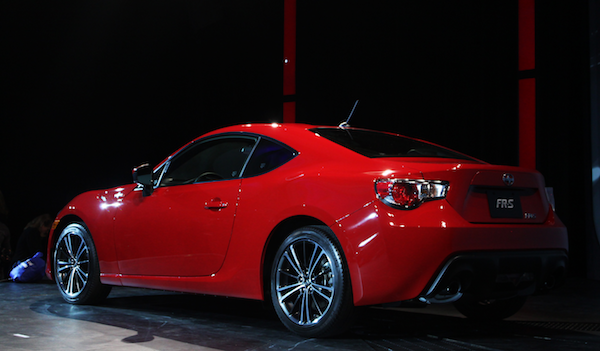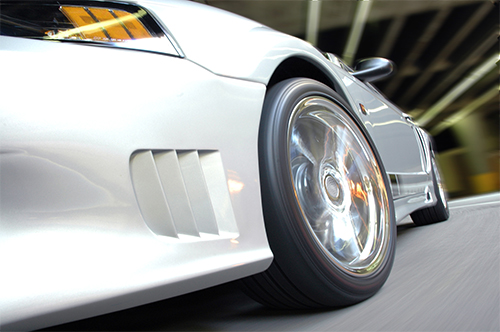 I'm sure you can all relate. You buy this performance car and do your custom bits, but there's still something missing. In my case, it all came down to actual performance when I punched the gas. For a while, it just frustrated me until I decided to look further...what I found was that I was only using a portion of my engine's power!
I'm sure you can all relate. You buy this performance car and do your custom bits, but there's still something missing. In my case, it all came down to actual performance when I punched the gas. For a while, it just frustrated me until I decided to look further...what I found was that I was only using a portion of my engine's power!
If you’ve been frustrated knowing that your engine has unused power and did something to unlock that power, this is the place to share your success and tips with your fellow tuners, and make yourself look like a genius while you’re at it.
Many vehicle manufacturers are ultra conservative when it comes to programming engine control units (ECU), also known as the control module or the engine control computer at the factory. They’re not going to program the control module so that the vehicle runs at its maximum power capabilities, in part because they’re concerned with things like the vehicle warranty, emissions, and fuel economy. Their conservative settings, however, leave you with a vehicle that isn’t producing as much power as it could. How frustrating is that? The solution? Well, there are quite a few.
A lot of you are probably thinking, “ECU chip tuner” or “reflash” right about now. That seems to be the common wisdom when it comes to increasing horsepower by modifying the control module. For the uninitiated, an ECU basically controls how the engine goes about its business of producing and delivering power, including air/fuel ratio, ignition timing, idle speed, valve timing, and RPMs.
Back in the day, if you wanted to do some car tuning and change the ECU’s parameters, you had to actually change computer chips, physically swapping them out with newer chips that had software featuring the performance parameters you wanted. Today, one can install new software that changes the ECU’s operating parameters simply by plugging into the OBDII port. Boom. A few keystrokes later and you just raised the rev limit, governed top speed, and tuned the air-to-fuel ratio.
What about switching out the engine control computer entirely with a new one instead of just reprogramming it? Is a new control module an option?
A couple people, including Ethan Campbell, a Roanoke, Virginia-based tuner toying with a ‘96 Miata, have mentioned the MegaSquirt PNP ECU (MSPNP2) as one possibility for completely replacing the stock engine control computer. Campbell’s winter project is taking an engine with a VVT head from a ’99 Miata and installing it into his ’96 and adding a MegaSquirt ECU. MegaSquirt describes the product as taking “over the functions the stock ECU provides - fuel control, ignition control, and various other outputs - and lets you adjust these yourself by connecting a laptop to the MSPNP2.”
Another car-tuning option to increase engine performance is Accesstuner from Cobb. The manufacturer describes the software as allowing “the user to get into the heart of the OEM ECU and create custom calibrations for vehicles equipped with virtually any performance modification. The end result is a tune that is custom tailored to the vehicle's unique modifications, producing maximum power gains while maintaining the drive-ability and sophistication inherent in the OEM ECU.” Anyone tried it?
What about turbocharging as the car-tuning option? I know that turbocharging a non-turbo car is a viable option for increasing horsepower, but it’s also one that’s accompanied by a whole host of other considerations, including boost level, compression ratios and avoiding knock, that have to be planned for to avoid engine damage when turbocharging.
And finally, before you inundate me with comments for not mentioning it, there’s the ever-popular option of adding a Nitrous Oxide System (NOS) – a topic I’ll explore more in depth in an upcoming post.
If you’ve modified your engine control computer or have what you think is the perfect solution for unlocking horsepower, let us know how you did it, and what you did it to.
Editor’s note: Harness your hidden horsepower at Advance Auto Parts. Buy online, pick up in store.
Graphic courtesy of Toycarcollector.com.








